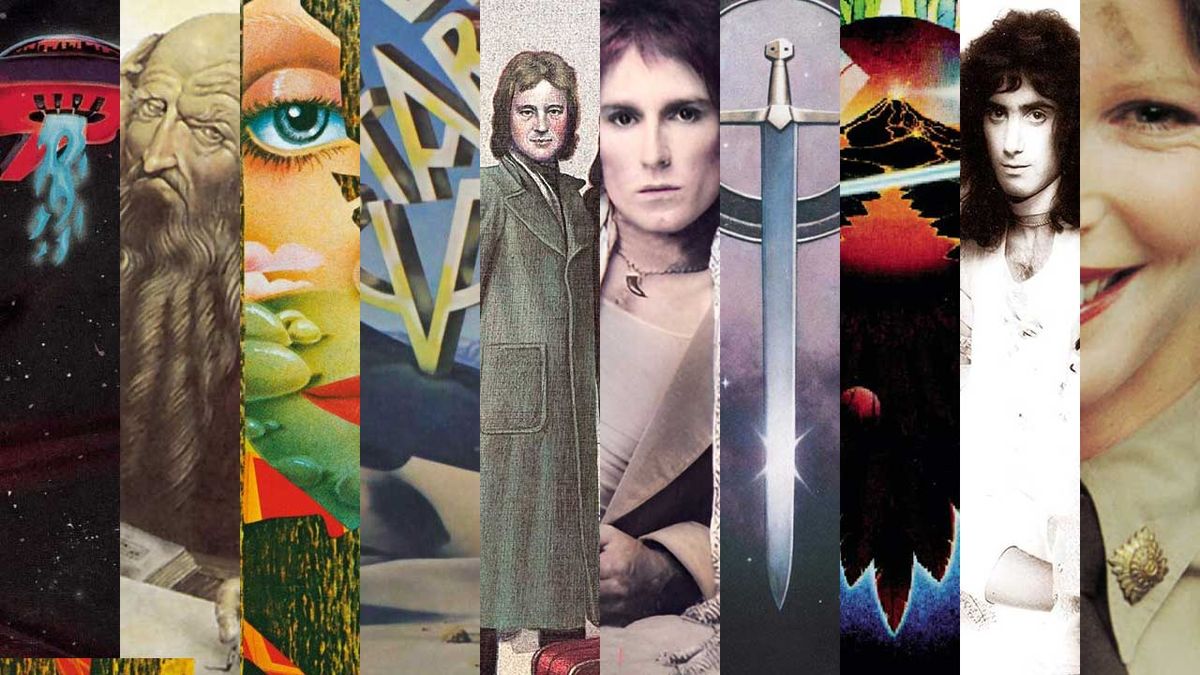
AOR, or ‘Album/Adult Orientated Rock’ to use its disputed full titles, is also known as melodic or soft rock, even hair metal, and has developed several spin-off strands. Arguably the greatest AOR group of them all were (and still are) Journey, who said goodbye to their jazz-rock roots to seduce the North American airwaves with a peerless combination of lighter-waving ballads and raunch during the 1970s. By its very nature, the very best melodic rock is based upon accessible hooklines, sturdy, riff-driven musicianship and an obligatory high-pitched, liquid-larynxed singer.
The fine balance between hard rock, wimpdom and more progressive tendencies has always made AOR extremely difficult to define. Kansas, Styx and Magnum, for instance, are regarded by purists as pomp rock entities. Others would regard Foreigner or Toto as either balls-out rockers (certainly during the early stages of their careers), or the super-smooth, chart-busting balladers that they both later became. Yet all of these five bands are perfectly comfortable as pewmates in the broad church that is the melodic rock scene.
Boundaries blurred further still during the 1980s and 1990s. Groups such as Harem Scarem and Winger took the original AOR blueprint and added additional chunks of rhythm (check out the former’s Mood Swings) or musical suss (Winger’s Pull was just too demanding for those weaned upon the group’s more generic, earlier releases). Bon Jovi, Def Leppard and Europe all went on to become genre giants, their appeal spilling over into the more mainstream markets.
Yet Slippery When Wet, Hysteria and The Final Countdown are still regarded as cornerstones of AOR history. More often than not, the term is used as little more than a convenient, generic label. Belatedly, power pop influences have been added to create the style’s ‘nubreed’. How to differentiate? Well, if a song is pink and fluffy in feel, with ridiculously overblown keyboards and cheesy lyrics about a doomed love affair, then the chances are that it’s AOR.
But let’s rewind. These records were all released between 1970 and the end of the decade. Most of the best AOR albums were actually made during the 80s – including standards from Bryan Adams (Reckless), Rick Springfield (Living In Oz), REO Speedwagon (Hi Infidelity), Heart (Heart) and Michael Bolton (Everybody’s Crazy). Foreigner’s hit-strewn 4 and Eye Of The Tiger by Survivor wouldn’t hit the racks until later, thus eliminating them. So, if a particular exclusion puzzles you, check its release date before writing in!


